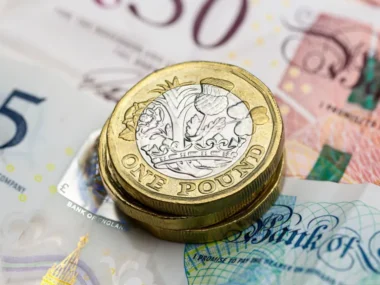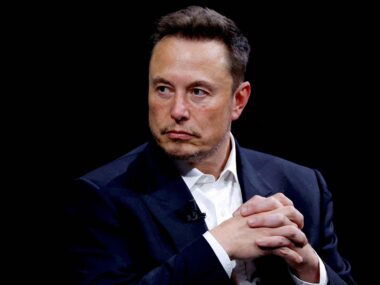In the third quarter, the growth of the U.S. economy was slightly lower than previously reported but still demonstrated significant strength. Gross domestic product (GDP), the comprehensive gauge of economic output, expanded at an annualized rate of 4.9% from July to September, as per the Commerce Department’s latest report. This growth rate is slightly slower than the 5.2% previously estimated in the second assessment.
The third quarter experienced the most robust growth in nearly two years, driven by Americans’ spending on live concerts, films, and various goods. While the U.S. economy has cooled down from the exceptionally strong pace seen earlier in the year, both employment and consumer spending continue to show resilience.
The Commerce Department’s ultimate assessment took into account reduced consumer spending, inventory investment, and exports while increasing government spending and business investment figures. Consumer spending, which contributes to roughly two-thirds of economic output, was revised downward from 3.6% to 3.1%.
Investors are optimistic that the Federal Reserve may lower interest rates in the next few months, although Fed officials have recently expressed caution regarding this optimism. Some also believe that the economy is currently experiencing a soft landing, a scenario in which inflation returns to the Federal Reserve’s 2% target without a significant increase in unemployment.
The expectation is that interest rates will decrease in the near future.
Lately, discussions about rate cuts have been quite prevalent. The most recent economic projections from the Federal Reserve, released earlier this month, indicate that central bank officials are considering three rate cuts for the upcoming year.
Investors and the Federal Reserve are finding relief in the easing of inflation, which had briefly accelerated earlier in 2023. The highly monitored Consumer Price Index (CPI) showed a 3.1% increase in November compared to the same period the previous year, slightly down from October’s 3.2%. The CPI had surged to 3.7% during the summer, primarily due to the sharp rise in energy costs, which have since declined significantly.
The Commerce Department is set to release November data on household spending, income, and the Federal Reserve’s preferred inflation gauge soon.
However, it remains uncertain when rate cuts will actually begin. According to futures markets, the first rate cut might happen in March, but Fed officials have been cautious in managing market expectations. New York Fed President John Williams recently stated, “We aren’t really talking about rate cuts,” while Chicago Fed President Austan Goolsbee emphasized that inflation remains above target and cautioned against prematurely anticipating rate cuts.
The U.S. economy appears to be stable at the moment.
The overall economy has displayed remarkable resilience and, although it has weakened since the summer, it has not experienced a severe downturn.
There is a belief that the strength of America’s economy may have made it challenging for the Federal Reserve to further control inflation. However, price increases have continued to moderate following the summer.
The Atlanta Federal Reserve is currently forecasting that the fourth-quarter GDP will come in at 2.7%, which represents a slower rate of growth compared to the previous three months but is still considered solid.
The resilience of the U.S. economy, even in the face of the highest interest rates in 22 years, has raised optimism that the Federal Reserve might achieve a historically challenging goal: curbing inflation without significantly increasing unemployment.
John Min, chief economist at Monex USA, expressed the view that an unlikely “soft-landing” for the U.S. economy seems more feasible in the coming year.
Indicators such as new applications for unemployment benefits, which typically offer early signals of changes in the job market, have remained low. Although jobless claims saw a slight increase last week, they were below economists’ expectations.
For the week ending December 16, there were 205,000 initial claims for unemployment insurance, up by 2,000 from the previous week’s upwardly revised total of 203,000, as reported by the Labor Department.
However, numerous economic challenges lie ahead. Americans are still accumulating debt as they dip into their savings accumulated during the pandemic. Additionally, nearly nine million Americans missed their initial student loan payment after the pandemic-related grace period ended this fall.











